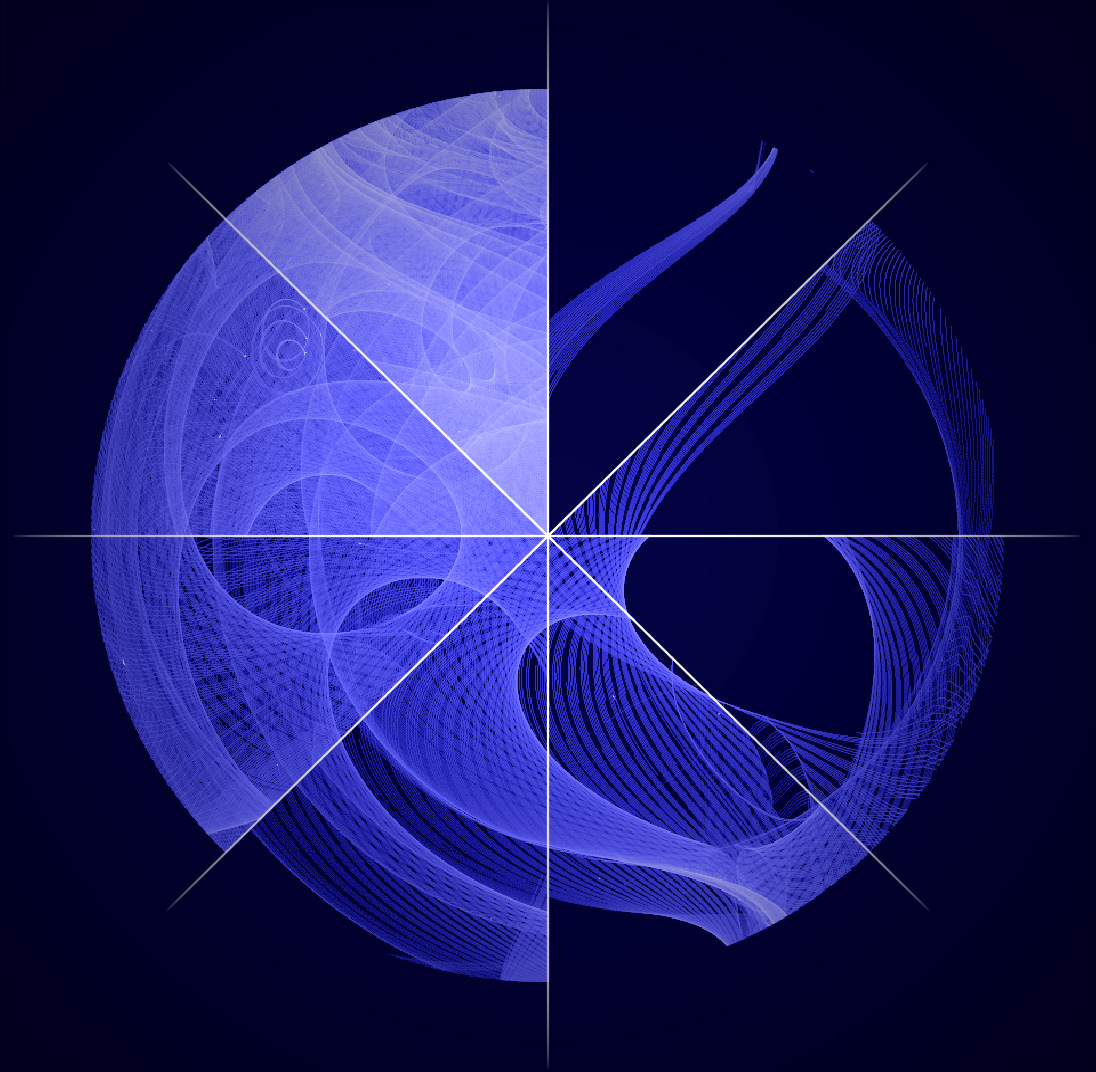I loved my Spirograph when I was young, and obviously Eric Charles, a physicist with the Fermi Gamma-ray Space Telescope team did too. Charles has taken data from Fermi’s Large Area Telescope and turned it into a mesmerizing movie of the Vela Pulsar. It actually is a reflection of the complex motion of the spacecraft as it stared at the pulsar.
The video shows the intricate pattern traced by the Fermi Gamma-ray Space Telescope’s view of the Vela Pulsar over the spacecraft’s 51 months in orbit.
Fermi orbits our planet every 95 minutes, building up increasingly deeper views of the universe with every circuit. Its wide-eyed Large Area Telescope (LAT) sweeps across the entire sky every three hours, capturing the highest-energy form of light — gamma rays — from sources across the universe. The Fermi telescope has given us our best view yet of the bizarre world of the high energy Universe, which include supermassive black holes billions of light-years away to intriguing objects in our own galaxy, such as X-ray binaries, supernova remnants and pulsars.
Francis Reddy from the Goddard Spaceflight Center describes the movie:
The Vela pulsar outlines a fascinating pattern in this movie showing 51 months of position and exposure data from Fermi’s Large Area Telescope (LAT). The pattern reflects numerous motions of the spacecraft, including its orbit around Earth, the precession of its orbital plane, the manner in which the LAT nods north and south on alternate orbits, and more. The movie renders Vela’s position in a fisheye perspective, where the middle of the pattern corresponds to the central and most sensitive portion of the LAT’s field of view. The edge of the pattern is 90 degrees away from the center and well beyond what scientists regard as the effective limit of the LAT’s vision. Better knowledge of how the LAT’s sensitivity changes across its field of view helps Fermi scientists better understand both the instrument and the data it returns.
The pulsar traces out a loopy, hypnotic pattern reminiscent of art produced by the colored pens and spinning gears of a Spirograph, a children’s toy that produces geometric patterns.
The Vela pulsar spins 11 times a second and is the brightest persistent source of gamma rays the LAT sees. While gamma-ray bursts and flares from distant black holes occasionally outshine the pulsar, the Vela pulsar is like a persistant beacon, much like the light from a lighthouse.
Find out more about this movie and the Fermi Telescope here.

